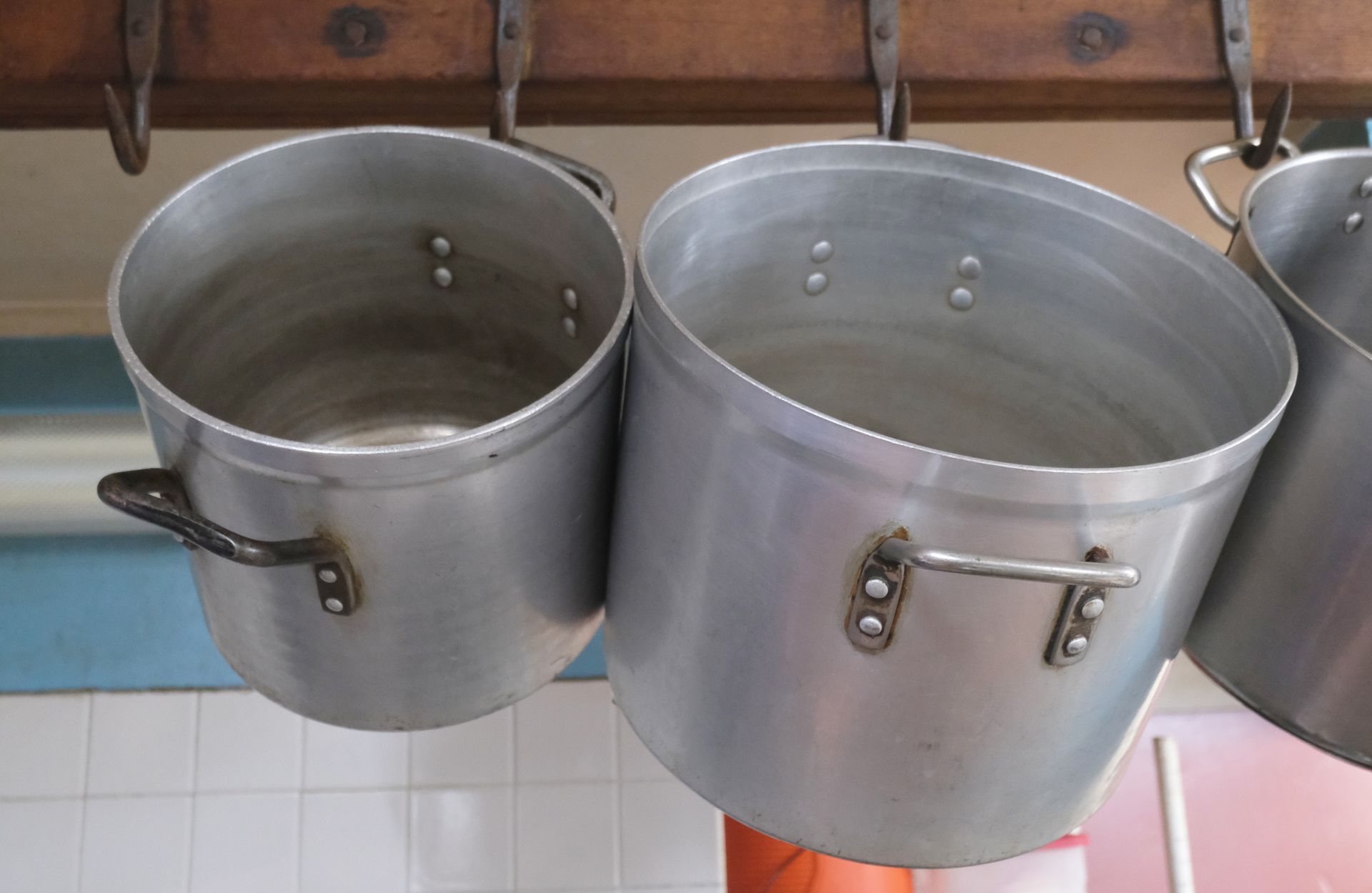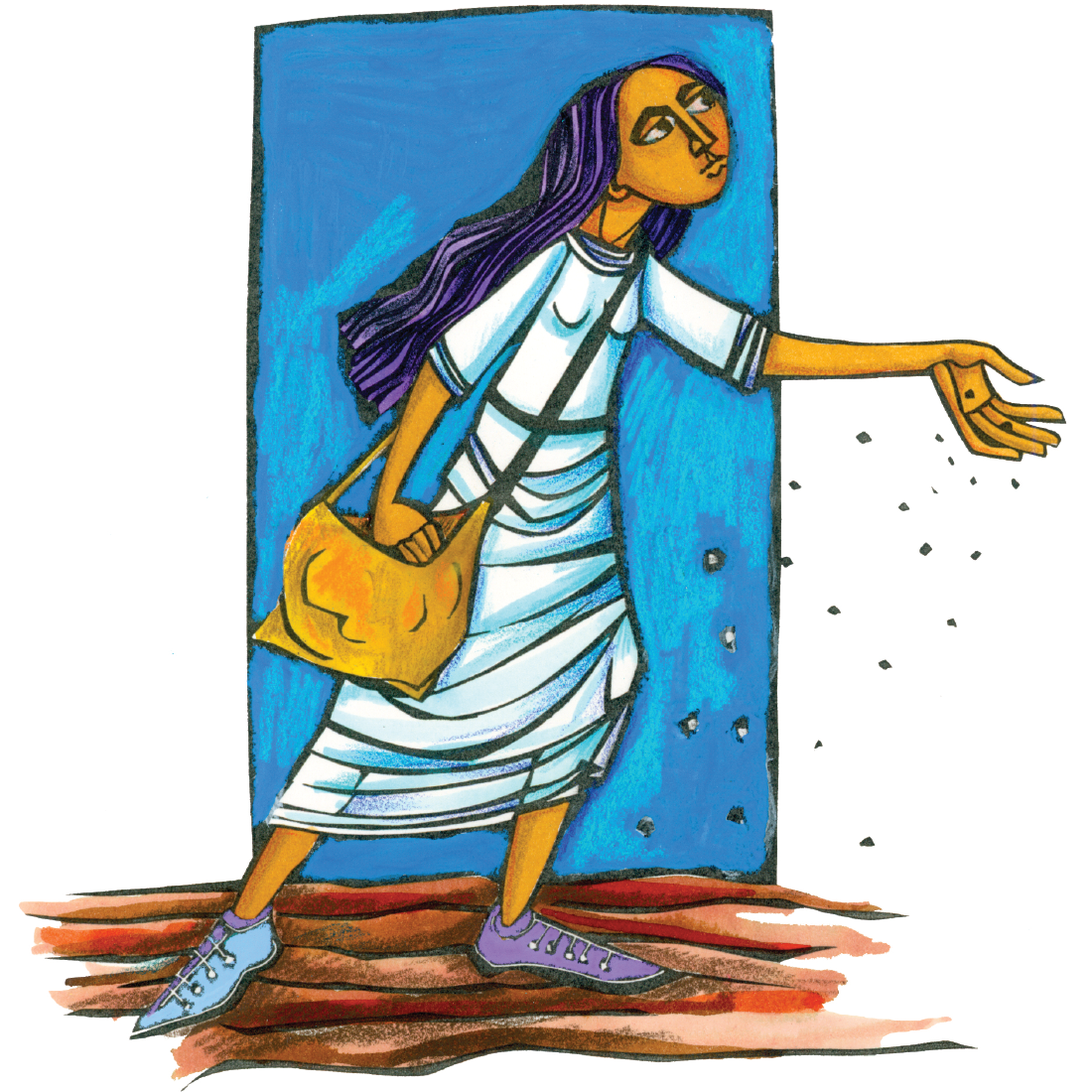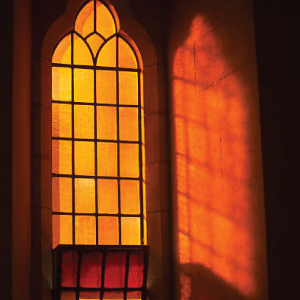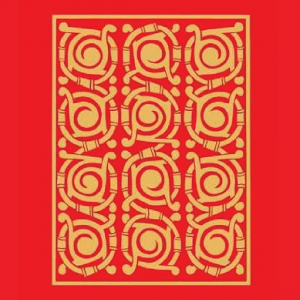The Catholic Worker movement led by Dorothy Day and Peter Maurin sought to invigorate and give new life to the radical vision of Christianity. At the heart of that vision is the practice of the corporal and spiritual works of mercy:
PHONE
555-555-5555
ADDRESS
Dorothy Day Guild
1011 First Avenue, Room 787
New York, NY 10022
Day 4, Works of Mercy

- Feed the Hungry – Instruct the Ignorant
- Give Drink to the Thirsty – Counsel the Doubtful
- Clothe the Naked – Admonish the Sinner
- Visit the Imprisoned – Comfort the Sorrowful
- Shelter the Homeless – Bear Wrongs Patiently
- Visit the Sick – Forgive All Injuries
- Bury the Dead – Pray for the Living and the Dead
Servant of God Dorothy Day, intercede for us; pray that we grow in courage and faith to follow our own path to holiness.
We pray for the grace and desire to bear witness to our faith through the daily practice of the works of mercy.
“When Peter Maurin talked about the necessity of practicing the works of mercy, he meant all of them. He envisioned houses of hospitality in poor parishes in every city of the country, where these precepts of our Lord could be put into effect. He pointed out that we … no longer practice personal responsibility, but are repeating the words of the first murderer, ‘Am I my brother’s keeper?” –Dorothy Day, “The Scandal of the Works of Mercy,” Commonweal, November 4, 1949


A Woman of Conscience, a Saint for Our Time
The Dorothy Day Guild supports and advances the cause for canonization of Dorothy Day, initiated by the Archdiocese of New York as a saint by the Roman Catholic Church, and promotes, for the benefit of all people interested in social justice, awareness of Dorothy Day, her writings, the Catholic Worker Movement she co-founded, and her life and witness to the Gospel.
QUICK LINKS
© 2023 All Rights Reserved | Dorothy Day Guild | This site is powered by Neon One


